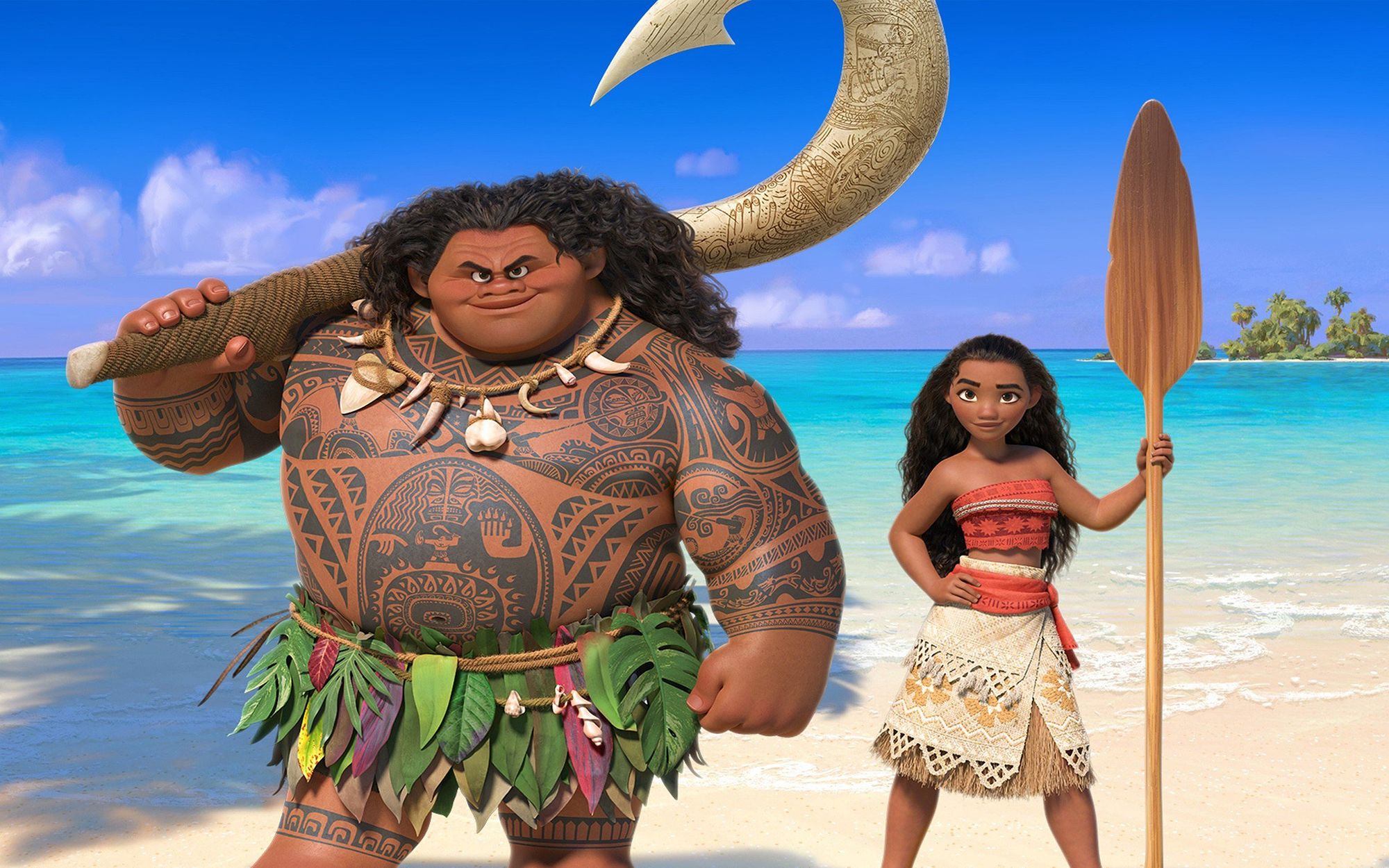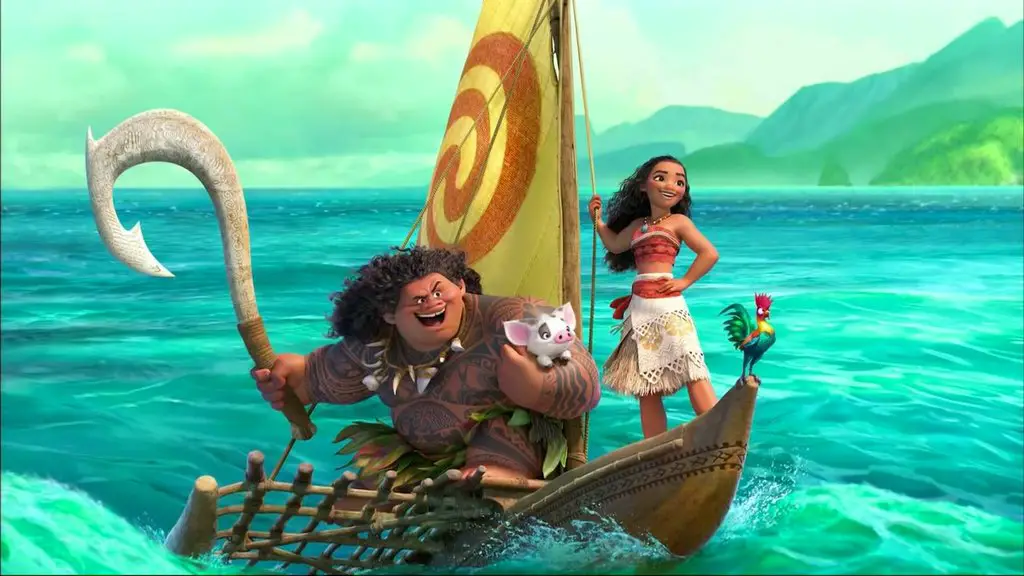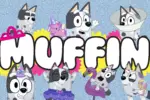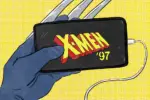With an $82 million debut, Disney’s latest animated film, “Moana,” blew its competitors out of the water at the box office (though I suspect that besting “Bad Santa 2” wasn’t difficult) and had the second best Thanksgiving weekend opening of all time.
Now, a week later, the film holds a solid 98 percent certified “fresh” rating on Rotten Tomatoes, and The Verge has even referred to it as “the perfect Disney movie.” I haven’t seen every single Disney movie in existence, so I can’t really comment on that, but I can say that I enjoyed “Moana” immensely, and I believe that Disney made some important strides in its production.
Directed by Ron Clements and John Musker, who are responsible for classics like “Aladdin,” “Hercules” and “Princess and the Frog,” the film tells the story of Moana, the courageous young daughter of the chief of a Polynesian tribe. For as long as she can remember, Moana (whose name is the Maori and Hawaiian word for “ocean”) has felt a powerful connection to the sea. When a terrible curse threatens the wellbeing of her people and their island of Motunui, the spirit of the ocean calls upon Moana to make a voyage across the sea to find the demigod Maui, then have him aid her in returning the heart of the ocean to Te Fiti.
Going into “Moana,” I knew that I’d probably enjoy all 103 minutes of it. I know I wasn’t the only one who was excited that 14 years after “Lilo and Stitch,” Disney finally took another shot at a story set in the Pacific islands. One of the best parts about “Moana” by far is the dedication that Clements and Musker put forth into respecting Polynesian culture when creating the film.

When the two directors first came up with the idea for “Moana” in 2011, they set out to the Pacific Islands to conduct research with the help of a group of individuals who would later come to be known as the Oceanic Trust. Their goal was to make sure that “Moana” was the most culturally and historically accurate Disney film yet. It’s nice to see the animation empire acknowledging its less-than-perfect track record with cultural adaptation, and making a respectable effort to rectify their mistakes.
The plot of “Moana” is actually Disney’s imaginative expansion upon several Polynesian legends about a demigod called Maui. Of course, it contains multiple classic traits of Disney princess stories, such as the heroine’s desire for a life change, a little rebellion against the parental unit and the presence of an animal sidekick. But “Moana” manages to put original twists on many of these standard themes, which succeeds in keeping the story fresh. For example, Moana’s animal sidekick is neither cute nor useful, but you still end up loving him anyways.
There are many moments in the movie when you are expecting the action to go a certain way, and it takes a totally different turn—fear is suddenly swapped out for humor, and violence is unexpectedly traded for peace. In general, I feel that one of the film’s greatest strengths was its ability to keep the story exciting in all of the spots where it had the potential to dull.
Because the movie centers on Moana’s quest to sail to Te Fiti to save her people, she spends a lot of time on a tiny boat in the middle of the ocean. This part of the film could have easily become monotonous, but it was equally as engaging as the rest of the story, with plenty of action, emotion and, of course, singing.
Speaking of singing, this is a Disney movie, so there’s a lot of it. Luckily, the soundtrack of “Moana” is an absolute pleasure. Created with the help of Lin-Manuel Miranda, of “Hamilton” fame, the collection of music is radiant and diverse, including tracks in both English and the Tokelauan language. From empowering reflection ballads like “How Far I’ll Go,” to the strange but still enjoyable Bowie-inspired “Shiny,” the songs amplify the story and inevitably linger in your brain for days afterward.
So far, one of the most popular tracks is “You’re Welcome,” a solo number by the character Maui, who is voiced by Dwayne Johnson. Dwayne not only speaks for Maui in the film, but sings as well. When I watched the movie, I originally thought that they might have had another voice actor doing Maui’s crooning bits. I looked it up afterwards and was happy to be proven wrong. Here’s a little clip of “The Rock” singing it up in the studio for your enjoyment.
Johnson’s character, the demigod Maui, makes for an intriguing presence in the story. He’s portrayed as a fantastically impressive hero, but also as an individual who is brimming with contradictions and flaws.
Although he’s technically half god, Maui’s personality comes off as distinctly human. Moana, the iron-willed heroine of the story, is equally as multi-dimensional. Throughout her journey, she continually asks the question, “Why did the ocean choose me?” She’s resilient in the face of challenge after challenge, yet very self-aware.
I suppose I should also mention that the animation was drop dead gorgeous, but I figured that was sort of a given with Disney these days. With believable characters, a soundtrack that stands out, a refreshing story and a team of people committed to preserving the authenticity of the Polynesian culture, “Moana” is absolutely one of Disney’s most outstanding releases to date.
If all of that sounds like a good time to you, and you’d like to find out how a movie set in the Pacific islands around 2,000 years ago manages to make a reference to tweeting (does that count as breaking the fourth wall?), go check out “Moana” the next time you’ve got two hours to spare.

















The visuals, the music, and the storytelling felt fresh and engaging, showcasing some of Disney’s best work.
Showing off some of Disney’s finest work, the graphics, music, and narration had a new and interesting vibe.
Having the chance to see Capybara Clicker, I have to admit that the artwork is very outstanding.
[…] © Study Breaks […]